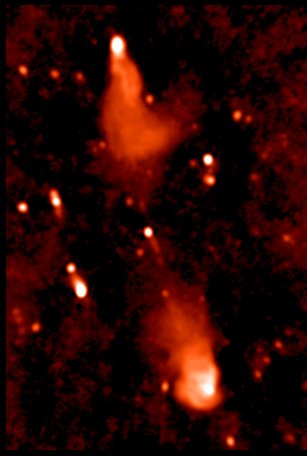Christopher Palma1 and Franz E. Bauer2 William D. Cotton and Alan H. Bridle Steven R. Majewski4 and Craig L. SarazinMultiwavelength Observations of the Second Largest Known FRII Radio Galaxy, NVSS 2146+82
Department of Astronomy, University of Virginia
P. O. Box 3818, Charlottesville, VA 22903-0818
National Radio Astronomy Observatory3,
520 Edgemont Road, Charlottesville, VA 22903-2475
Department of Astronomy, University of Virginia
P. O. Box 3818, Charlottesville, VA 22903-0818
1 NOAO WIYN Queue Investigator
2 National Radio Astronomy Observatory Jansky
Pre-Doctoral Fellow
3The National Radio Astronomy Observatory is a facility
of the National Science Foundation operated under cooperative agreement
by Associated Universities, Inc.
4David and Lucile Packard Foundation Fellow; Cottrell
Scholar of the Research Corporation; National Science Foundation
CAREER Fellow; Visiting Associate, The Observatories of the Carnegie
Institution of Washington
